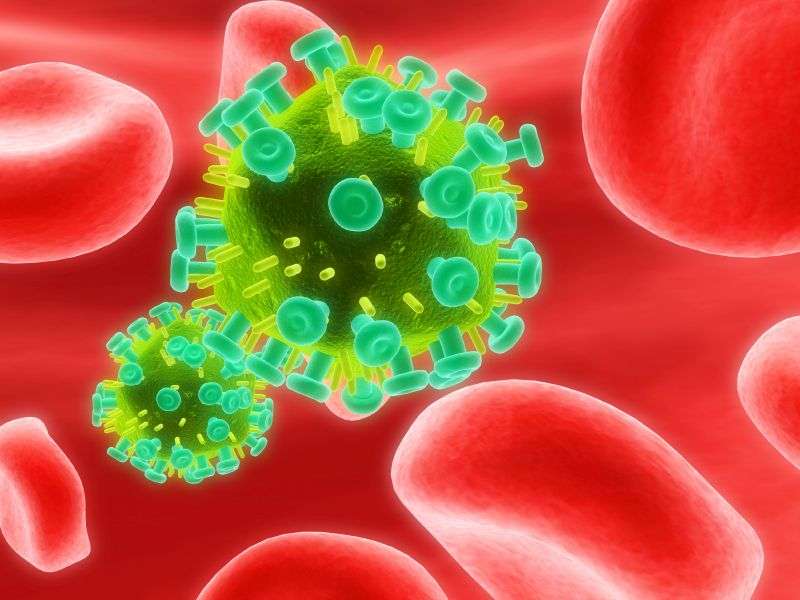ART era has changed secondary cancers after Kaposi sarcoma

(HealthDay)—There has been a significant decline in the risk of secondary cancers after Kaposi sarcoma (KS) in the era of highly-active antiretroviral therapy (HAART), according to a study published online Aug. 24 in JAMA Oncology.
Fahad Mukhtar, M.D., M.P.H., from the University of South Florida in Tampa, and colleagues calculated the standardized incidence ratios (SIRs) for the development of new secondary cancer in the pre-AIDS era (1973 to 1979), pre-HAART era (1980 to 1995), and the HAART era (1996 to 2013). Data were included for 14,905 individuals with diagnosed KS.
The researchers found that the SIRs were 2.01, 49.70, 4.98, 13.70, 6.40, and 48.97 for cancers of the rectum, anus, liver, cervix, Hodgkin's lymphoma, and non-Hodgkin's lymphoma, respectively, from 1980 to 1995. The associations with KS persisted for cancer of the anus, Hodgkin's lymphoma, non-Hodgkin's lymphoma, and cancer of the liver from 1996 to 2013; in addition, significant SIRs were seen for cancer of the tongue, cancer of the penis, and acute lymphocytic leukemia (SIRs, 6.99, 10.28, and 17.62, respectively). From the pre-HAART era to the HAART era there was a significant decrease in the SIR of developing any tumor after KS, from 3.36 to 1.94.
"Certain cancers, including acute lymphocytic leukemia, cancer of the tongue, and cancer of the penis, are increasingly becoming more common in the HAART era compared with the pre-HAART era," the authors write.
More information: Abstract/Full Text (subscription or payment may be required)
Copyright © 2017 HealthDay. All rights reserved.



















